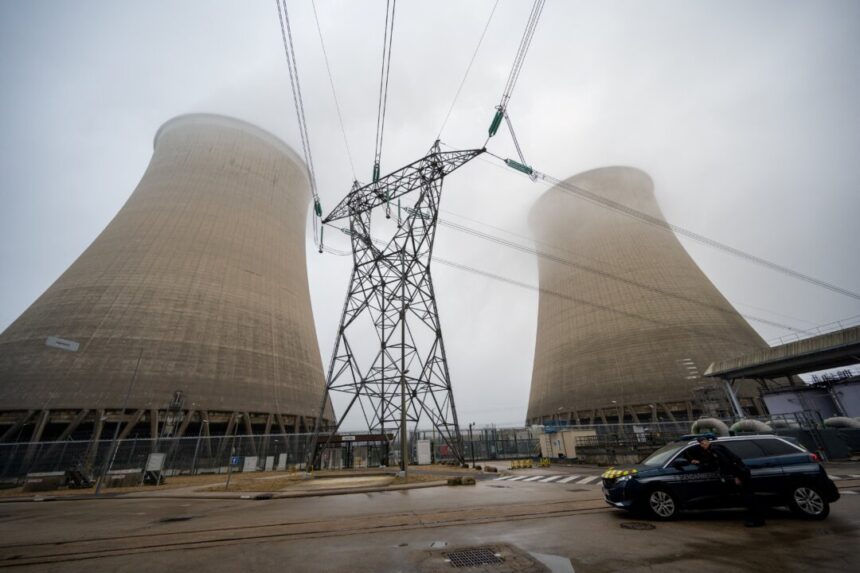According to Patty Durand, tens of thousands of Georgians were disconnected from the power grid due to sharp price increases this year. She shared her insights on the cost blowouts of two nuclear power reactors in Georgia during a recent inquiry hearing. The budget for the reactors at Plant Vogtle ballooned from an initial estimate of US$11 billion to US$36 billion by the time construction was completed. This led to a 25% increase in electricity prices in Georgia, causing many residents to be disconnected from the power grid. Durand also alleged corruption and misbehavior in the construction of these reactors, similar to a project in South Carolina that was abandoned due to cost overruns. She emphasized the expensive maintenance and repair requirements of nuclear power plants, questioning the economic viability of building more reactors compared to investing in renewable energy sources.
It seems like a ridiculous comparison to me.
Nuclear Power Makes Ontario’s Electricity Prices Cheaper than Australia’s
Meanwhile, Chris Keefer, the president of advocacy group Canadians for Nuclear Energy, told the Committee how nuclear power contributed to low energy prices in the Canadian state of Ontario.
He said nuclear power accounted for 60 percent of Ontario’s grid. The province completely phased out its coal fleet in 2014, which he said was “North America’s greatest greenhouse gas reduction.”
“Nuclear is the second cheapest source of electricity on Ontario’s grid after hydroelectricity,” he said, citing data from Edgardo Sepulveda, an independent energy economist.
“The cumulative 1977 to 2022 inflation adjusted unit price for nuclear power is CA$86 (AU$94) per megawatt hour. This has exerted downward pressure on electricity prices, resulting in retail rates that are two-thirds the cost and one-sixth the emissions intensity of Australia.”
At the same time, Keefer said nuclear reactors generated a powerful economic multiplier effect, producing CA$1.40 in economic activity for every dollar spent.
“This is achieved through a 95 percent Canadian-based supply chain, stimulating the local economy rather than funnelling billions of dollars to foreign suppliers that dominate the wind and solar sectors,” he said.
Keefer also shared that Ontario was refurbishing the province’s nuclear fleet to extend its lifespan by another 30 years.
As the refurbishment works are being completed on budget and ahead of schedule, he said Ontario authorities had contrived a plan for building an additional eight reactors.





